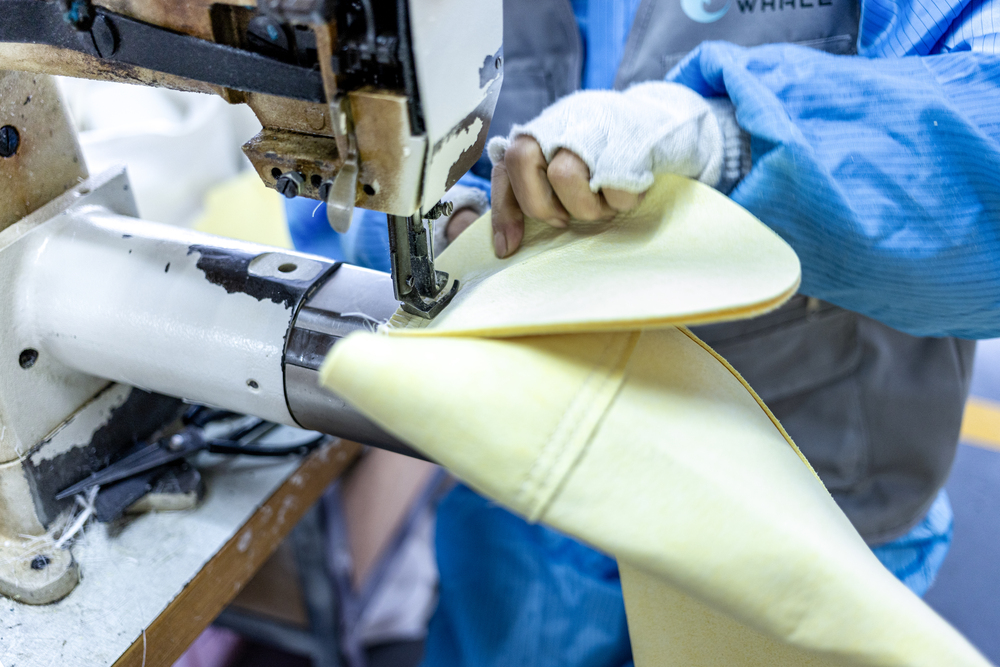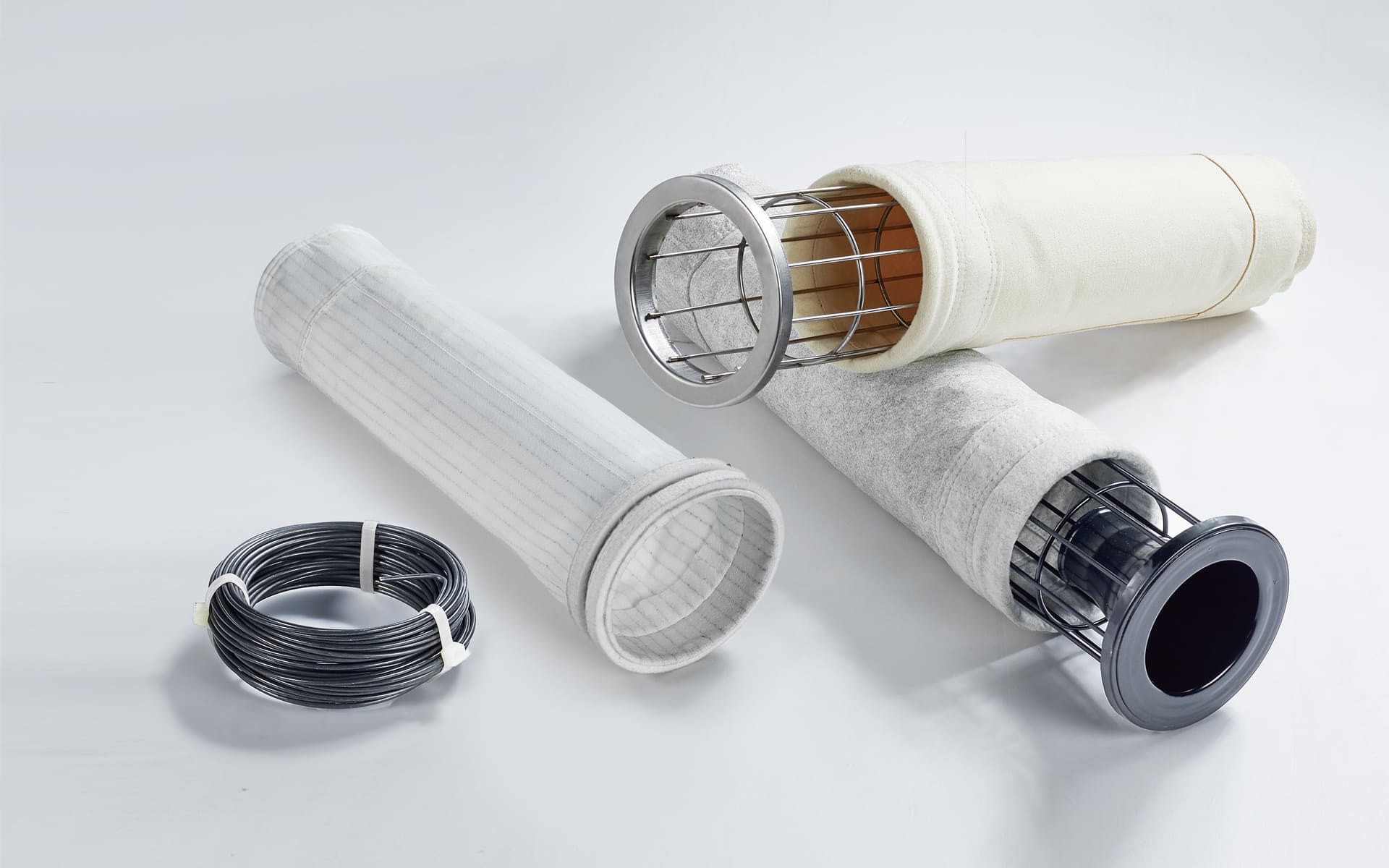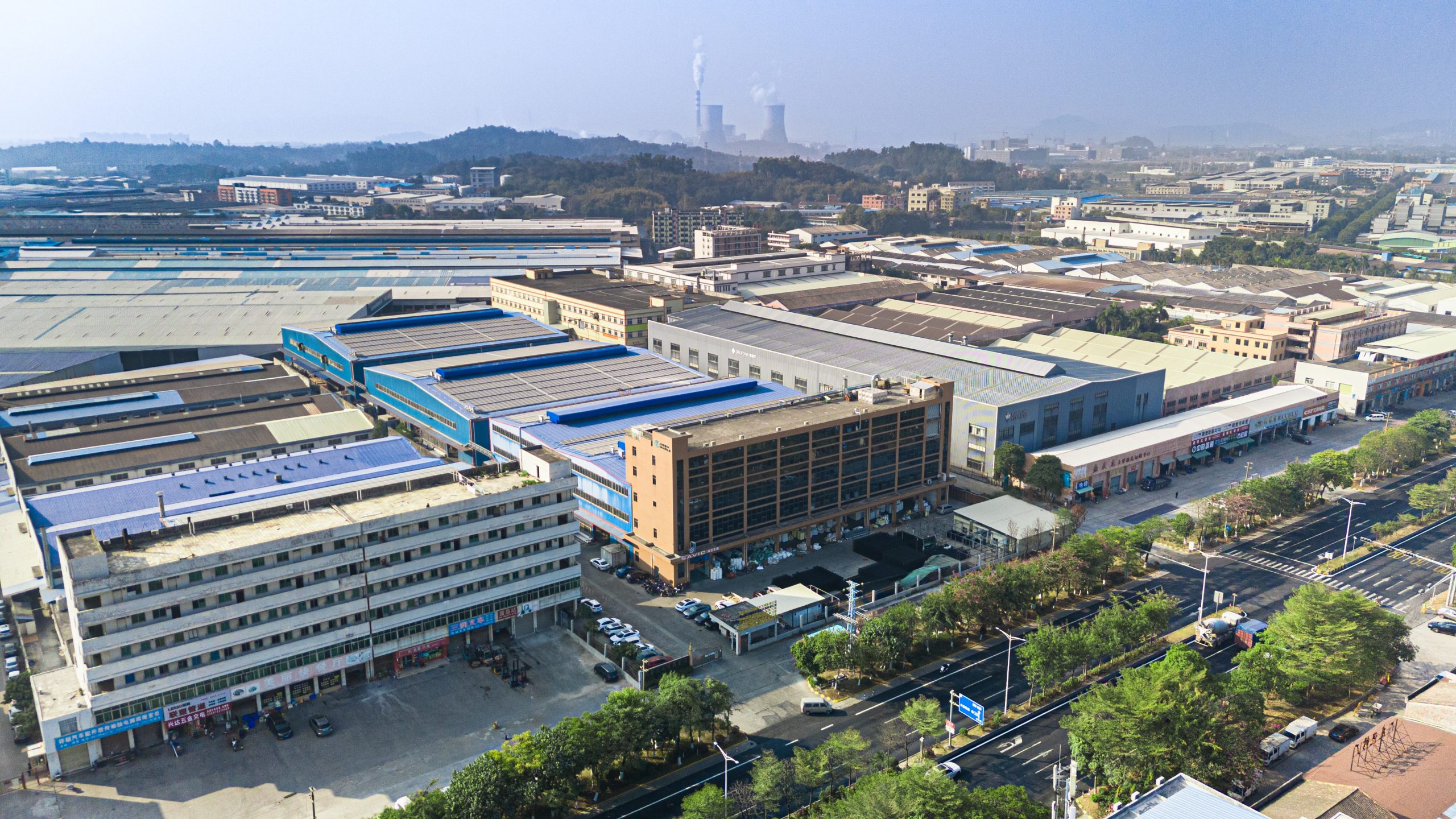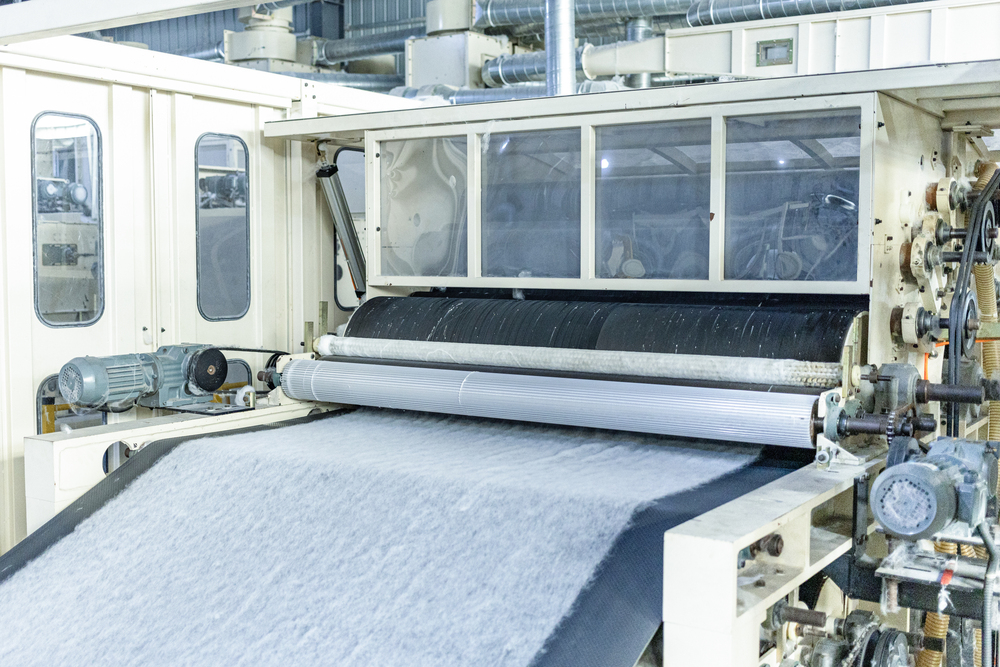Selecting the appropriate dust filter bag depends on flue gas characteristics, dust properties, and cleaning methods.

Industrial dust collector filter bags are typically made from synthetic fibers. Due to significant differences in the physical and chemical properties of different materials, no single filter bag can simultaneously meet all environmental conditions, such as temperature, humidity, alkali resistance, and corrosion resistance. Therefore, when choosing a dust filter bag, it is essential to fully understand the flue gas characteristics (including physical and chemical properties) of your industry and then select the most suitable filter bag based on material properties (e.g., high-temperature resistance, moisture resistance, corrosion resistance, etc.).
——
<01> Selecting Filter Bags Based on Flue Gas Characteristics
Flue Gas Temperature
The temperature of the flue gas is the primary factor in selecting a filter bag. Filter bags are generally categorized into:
• Low-temperature bags (<130°C)
• Medium-temperature bags (130-180°C)
• High-temperature bags (>200°C).
Flue Gas Humidity
Humidity indicates the amount of water vapor in the gas, usually expressed as a percentage of the flue gas volume. When humidity exceeds 8%, it is considered a wet flue gas. For high-temperature, high-humidity, and chemically aggressive gases, materials with poor hydrolysis stability (e.g., fiberglass) should be used cautiously.
Flue Gas Corrosiveness
Industrial flue gases (e.g., from chemical plants or furnaces) may contain acids, alkalis, oxidants, and other chemical components. Different fibers exhibit varying chemical resistance, which is also influenced by temperature and humidity.
——
<02> Selecting Filter Bags Based on Dust Properties
Dust Shape and Particle Size Distribution
Dust can be categorized into regular (smooth surface, low surface area) and irregular (rough surface, high surface area).
• Fine particles (0.1-10 μm) are harder to capture and form dense dust layers, making cleaning difficult.
• Coarse particles are easier to capture and form looser dust layers, facilitating cleaning.
Dust Adhesion and Cohesion
Dust tends to stick to itself or other surfaces. Cohesion is often measured by the angle of repose:
• <30°: Low adhesion, good flowability.
• >45°: High adhesion, poor flowability.
For highly adhesive dust, easy-to-clean filter bags are preferred.
Dust Hygroscopicity and Deliquescence
Some dust (e.g., CaO, CaCl₂, KCl) absorbs moisture and undergoes chemical changes, leading to deliquescence, which can clog filter bags. For such dust, water-repellent and easy-to-clean filter bags should be selected.
Dust Abrasiveness
Irregular dust particles can wear out filter bags. Abrasion depends on dust properties, airflow speed, and concentration. For highly abrasive dust, wear-resistant filter bags should be chosen, and airflow should be controlled to minimize damage.
Dust Combustibility and Explosiveness
Certain dust (e.g., aluminum, coal) can ignite or explode under specific conditions. For such dust:
• Flame-retardant and anti-static filter bags (e.g., aramid, P84, PTFE, fiberglass) should be used.
• Conductive fibers (e.g., stainless steel or carbon-modified fibers) can prevent static buildup.
——
<03> Selecting Filter Bags Based on Cleaning Method
Dust collector cleaning methods are broadly classified into:
1. Pulse-jet cleaning (strong cleaning force) → Thick needle-punched felt filter bags are preferred.
2. Reverse-air cleaning (gentler cleaning) → Thin woven filter bags are suitable.
——
By considering these factors, you can select the optimal filter bag for your industrial dust collection system, ensuring high efficiency, durability, and cost-effectiveness.


